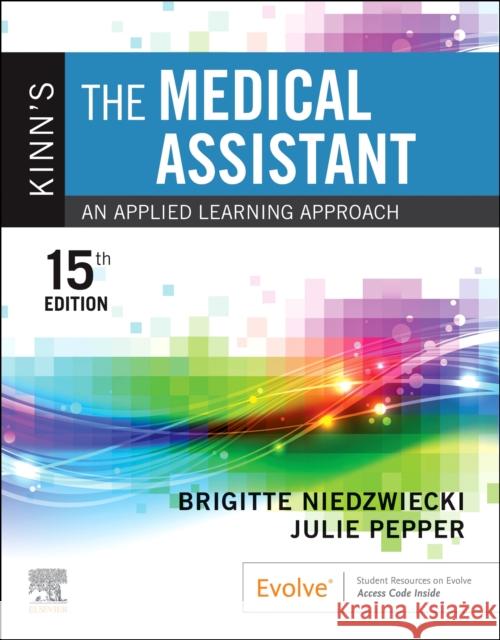Kinn's The Medical Assistant: An Applied Learning Approach » książka
topmenu
Kinn's The Medical Assistant: An Applied Learning Approach
ISBN-13: 9780323871167 / Angielski / Miękka / 2023 / 1184 str.
Kategorie BISAC:
Wydawca:
Elsevier - Health Sciences Division
Język:
Angielski
ISBN-13:
9780323871167
Rok wydania:
2023
Ilość stron:
1184
Wymiary:
27.6 x 21.6
Oprawa:
Miękka
Dodatkowe informacje:
Glosariusz/słownik











